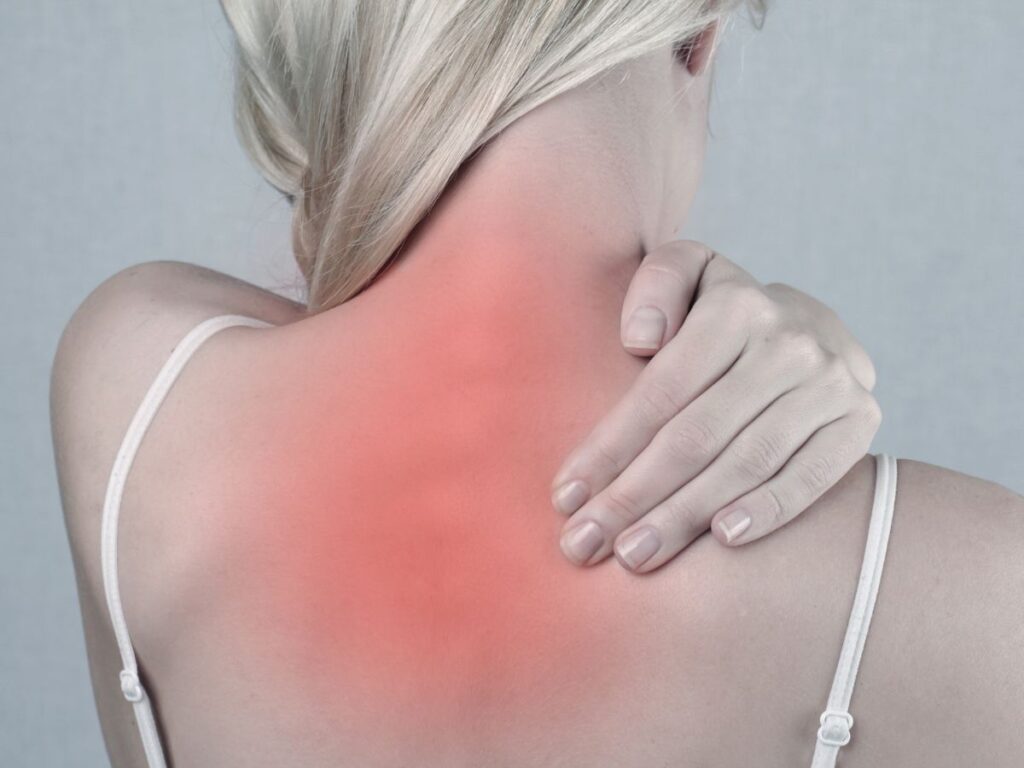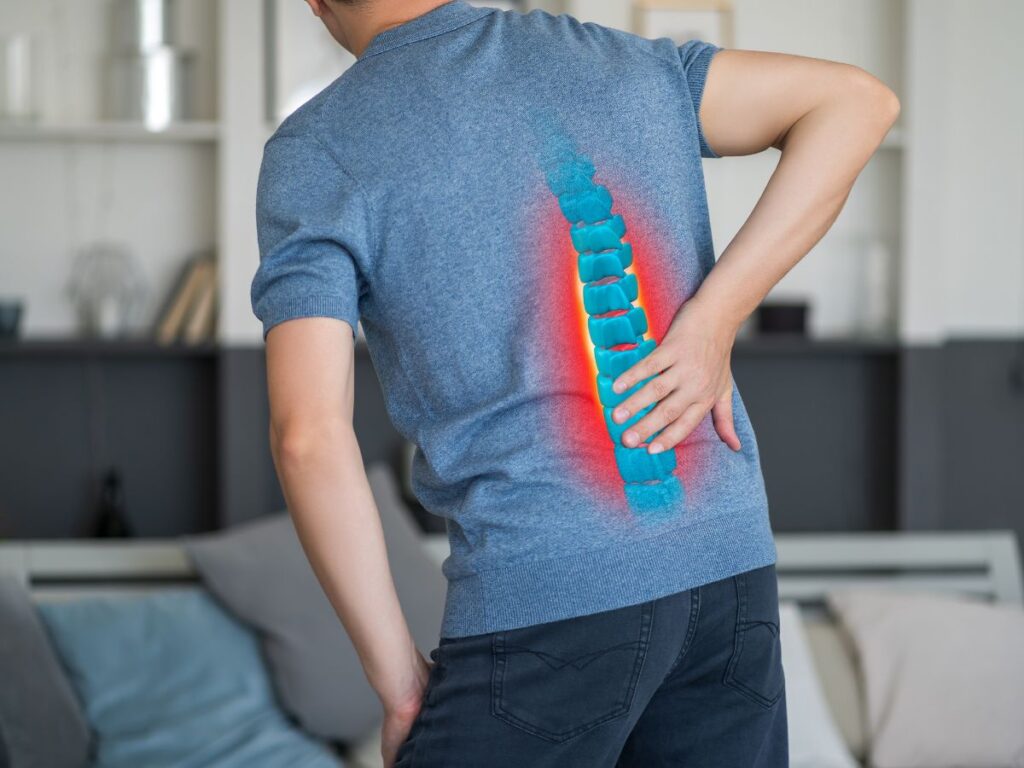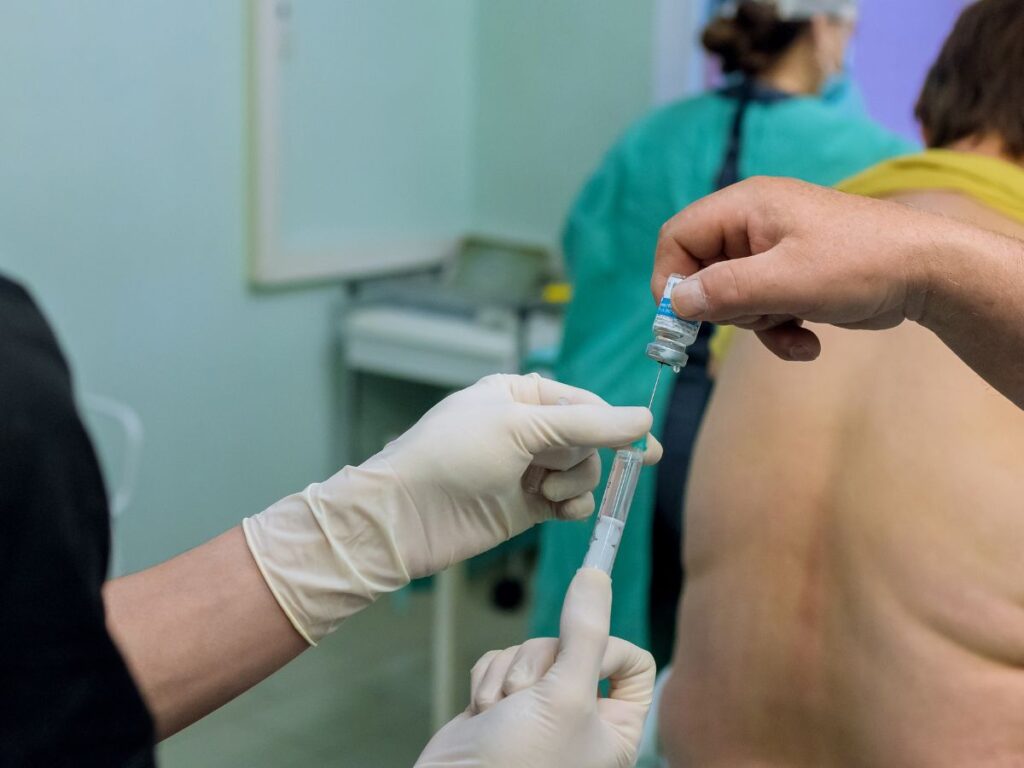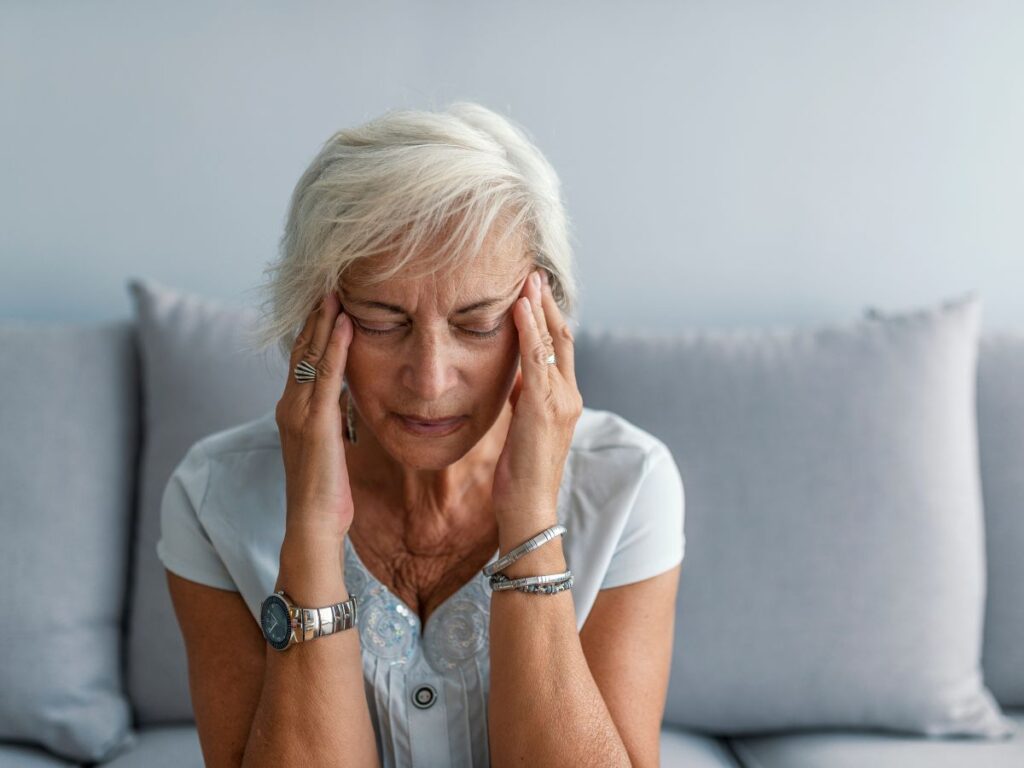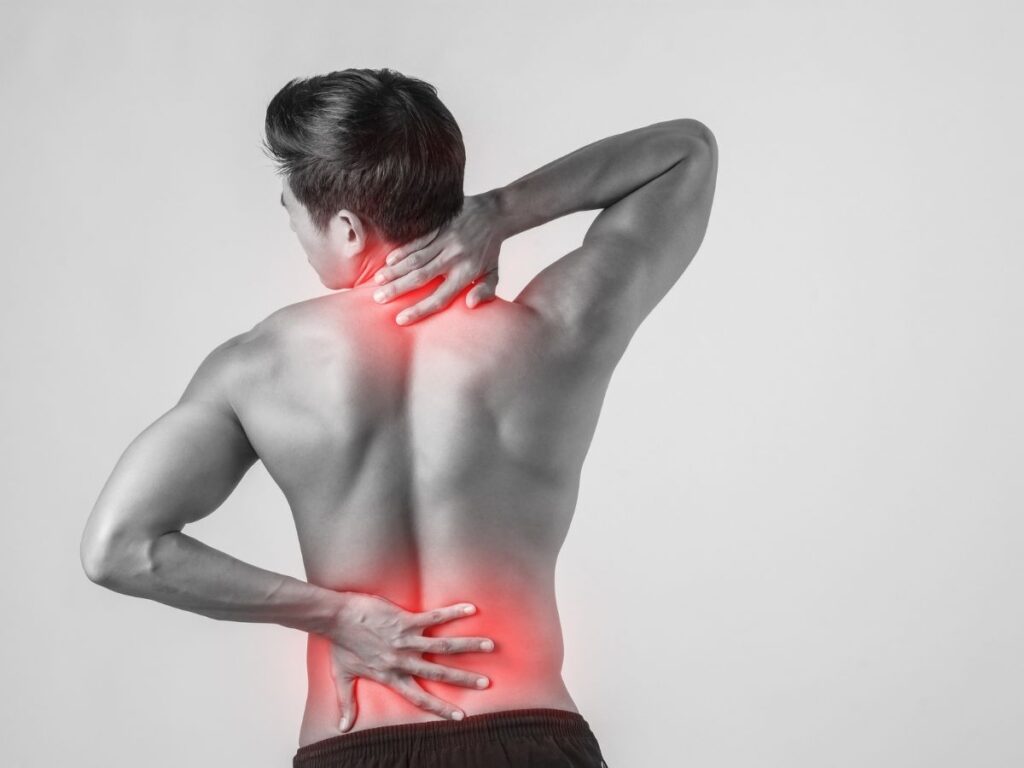Understanding Non-Cardiac Chest Pain
When most people experience chest pain, their first concern is often the heart. However, a significant number of chest pain cases are not related to cardiac problems. Instead, they stem from musculoskeletal, nerve, or even stress-related causes. Recognizing the difference is crucial to avoid unnecessary worry and to ensure the right kind of treatment is pursued. At Primary Health Clinic, we specialize in chest pain therapy designed for fast recovery from non-cardiac causes.
Common Causes of Non-Cardiac Chest Pain
Chest pain that is not heart-related can have a range of underlying causes. Here are the most common:
- Musculoskeletal chest pain: Pain from the chest wall, muscles, or ribs, often due to injury, overuse, or poor posture.
- Nerve pain chest: Compression or irritation of nerves in the chest, such as intercostal neuralgia or postural strain.
- Gastrointestinal sources: Acid reflux, esophageal spasms, or other digestive issues can mimic heart pain.
- Stress and anxiety: Emotional distress can trigger chest discomfort and muscle tension.
Pinpointing the exact cause is essential for creating a personalized pain relief plan. That’s why our pain relief clinic uses a thorough evaluation process, including history, physical examination, and, when necessary, diagnostic tests.
Musculoskeletal Chest Pain: Diagnosis and Relief
Musculoskeletal chest pain is a leading cause of non-cardiac discomfort, especially among active individuals, manual laborers, and those with sedentary lifestyles. Symptoms often include localized soreness, pain that worsens with movement or breathing, and tenderness to touch.
Effective therapies at Primary Health Clinic include:
- Physical therapy: Targeted exercises to strengthen chest and back muscles, improve posture, and enhance flexibility.
- Manual therapy: Techniques such as myofascial release and trigger point therapy to relieve muscle tightness.
- Postural retraining: Education and exercises to correct slouching or poor sitting habits that contribute to chest wall strain.
Learn more about post-surgical pain strategies in our pain relief after surgery section.
Nerve Pain in the Chest: Fast-Acting Solutions
Nerve pain in the chest—sometimes described as burning, tingling, or shooting—often results from nerve compression or irritation. Causes can include repetitive movements, trauma, or medical conditions such as shingles.
- Neuromuscular therapy: Gentle nerve mobilization and stretching exercises to relieve pressure and restore normal sensation.
- Topical analgesics: Creams or patches to provide targeted pain relief.
- Electrotherapy: TENS or electrical stimulation to reduce nerve-related discomfort.
In complex cases, our team may coordinate with neurology or pain management specialists to ensure comprehensive care.
Chronic Chest Pain: The Role of Integrated Care
Chronic non-cardiac chest pain can be frustrating and even debilitating. It’s important to address all aspects of health, including physical, emotional, and lifestyle factors. Our chronic pain management program delivers a holistic approach to long-term relief:
- Individualized care plans: Every patient receives a tailored plan based on their unique diagnosis and health goals.
- Behavioral therapy: Cognitive-behavioral techniques to manage anxiety, stress, and pain coping skills.
- Multidisciplinary support: Physical therapists, pain specialists, and health coaches collaborate for the best possible results.
Safe Pain Relief Options at Our Clinic
Primary Health Clinic emphasizes safe, non-invasive therapies for chest pain relief, avoiding unnecessary medications or procedures whenever possible. Our treatment options include:
- Therapeutic exercises: To restore mobility and reduce pain.
- Guided stretching: For improved flexibility and muscle balance.
- Manual therapy: For soft tissue relief and postural alignment.
- Lifestyle modifications: Ergonomic advice and stress management strategies.
If underlying digestive or pulmonary issues are identified, we work with your primary care provider for complete management.
What to Expect at Your Pain Relief Clinic Visit
Your first visit to our pain relief clinic begins with a comprehensive evaluation. Our clinicians listen carefully to your symptoms and medical history, followed by a physical exam to assess muscle, joint, and nerve function. Diagnostic imaging may be recommended if there’s uncertainty about the cause.
- Initial assessment: Thorough review of your symptoms and relevant health history.
- Hands-on examination: Checking for tenderness, muscle tightness, and nerve involvement.
- Personalized plan: Clear explanation of findings and a step-by-step recovery strategy.
Most patients notice improvement within the first few sessions, and we continually adjust treatment for optimal results.
How to Differentiate Cardiac vs. Non-Cardiac Chest Pain
It is critical to recognize symptoms that may indicate a heart issue, such as chest pain accompanied by shortness of breath, sweating, nausea, or pain radiating to the arm or jaw. If these occur, seek emergency care immediately. Non-cardiac pain tends to be more localized, affected by movement or breathing, and not associated with exertion. Our experienced team will help ensure an accurate diagnosis and the safest pathway to recovery.
Benefits of Early Chest Pain Therapy
Prompt attention to non-cardiac chest pain can:
- Speed recovery and restore daily activity.
- Prevent pain from becoming chronic.
- Reduce the need for pain medications.
- Improve posture, breathing, and overall quality of life.
Delaying treatment may increase discomfort, limit mobility, and impact mental health.
Preventing Recurring Chest Pain
Prevention is a key focus at Primary Health Clinic. We empower our patients with tools and education to maintain a pain-free lifestyle:
- Posture training: Correcting slouched or rounded shoulders to relieve pressure on the chest wall.
- Strengthening exercises: Focusing on core, chest, and upper back muscles.
- Ergonomics: Adjusting work and home setups to support healthy movement.
- Stress management: Breathing techniques, mindfulness, and regular exercise.
Follow-up visits and at-home exercise plans are provided to sustain your results.
Patient Success Stories
Many people who thought they had no hope of finding relief for their chest pain have experienced life-changing results at our pain relief clinic. From office workers with muscle tension to athletes recovering from injury, our non-cardiac chest pain therapy offers fast, sustainable recovery.
Schedule Your Chest Pain Evaluation
If you or a loved one are struggling with persistent or unexplained chest discomfort, don’t wait. Contact Primary Health Clinic today to schedule a comprehensive evaluation and begin your journey toward safe, effective pain relief. Discover more about pain relief after surgery or enroll in our chronic pain management program for lasting wellness.

